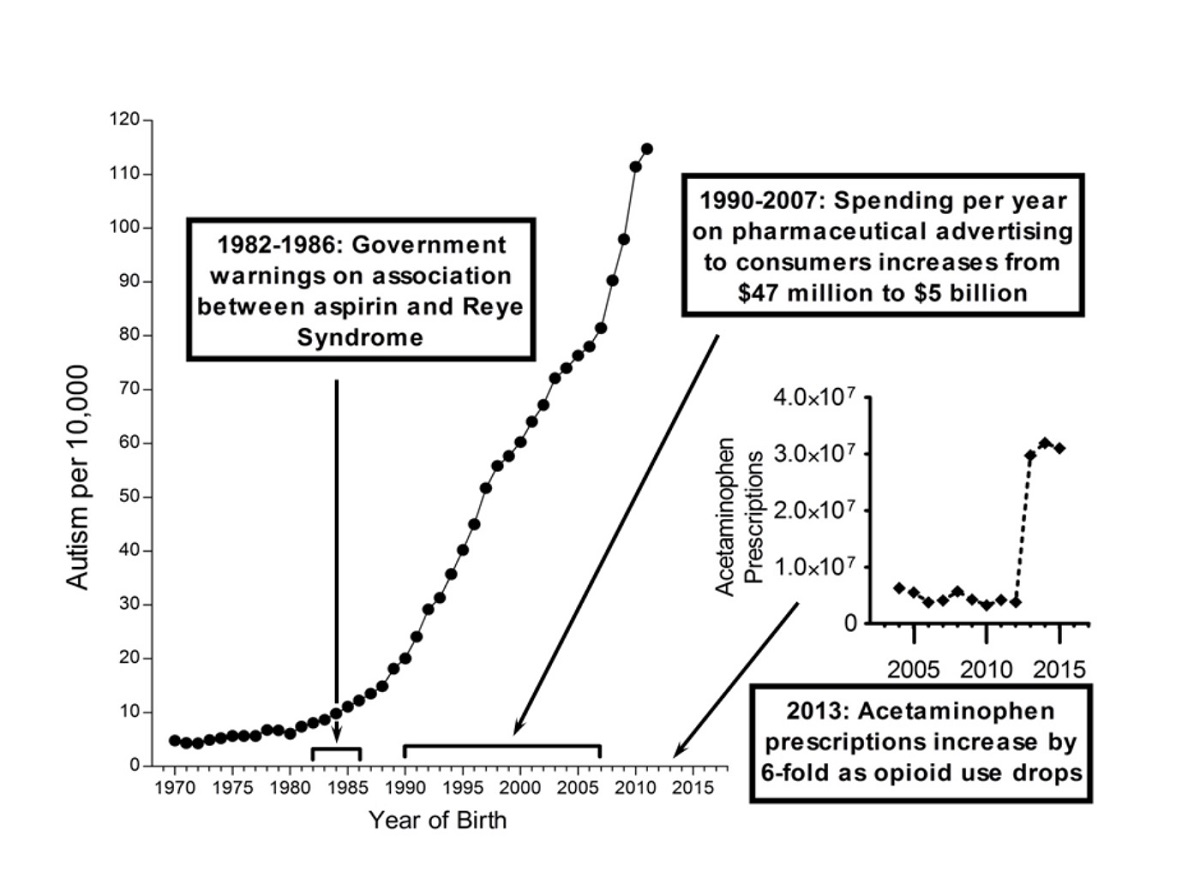Concerns over a causative relationship between paracetamol exposure in the presence of oxidative stress during early development and severe adverse neurlogical outcomes were raised in 2008 and have been fueled subsequently by more than a dozen independent studies. Review of the literature revealed that, although its use is not regurlarly monitored, paracetamol has achieved near universal acceptance, with exposure in some pediatric populations exceeding 90%. In addition, the findings reveal that misuse of paracetamol is common, and that pharmaceutical advertising may played a key role in popularizing the drug. Although retrospective studies might be envisioned to further address this issue, in silico simulations were employed and demonstrated that such studies will be confounded by very high rates of use of the drug combined with associations between paracetamol use and factors associated with oxidative stress. These findings demonstrate that prospective, interventional studies are warranted to evaluate the effects of paracetamol exposure during early development. However, the view that paracetamol is safe is guarded by substantial confirmation bias, consensus bias, and possibly emotional compromise, factors which have undoubtedly led to substantial resistance to any proposed execution of such interventional studies in the past.

